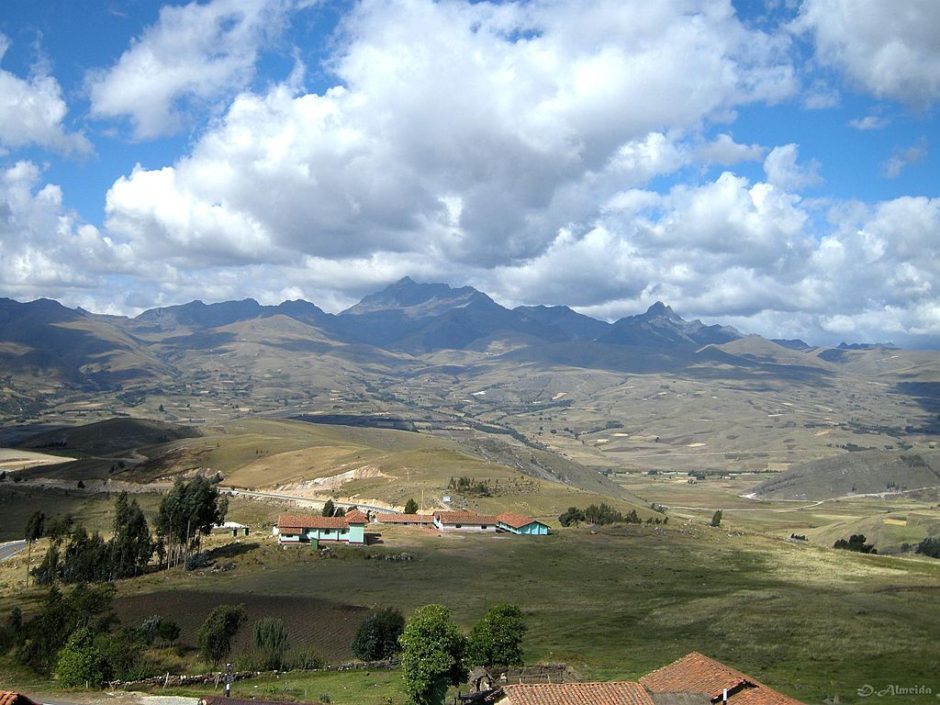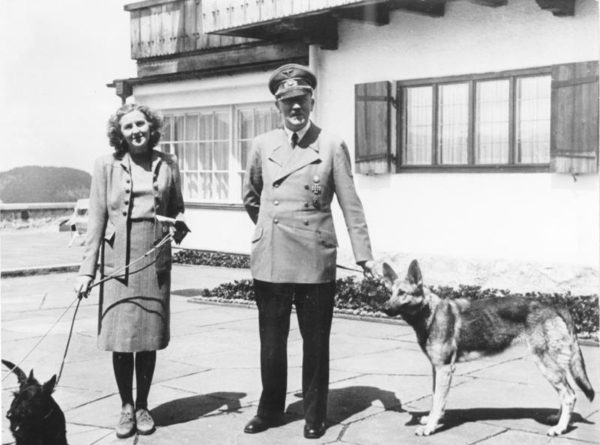
Adolf Hitler and his wife, Eva Braun, committed suicide in their Berlin bunker on April 30, 1945 as the Red Army advanced into the German capital. Hitler’s ignominious death was confirmed by German radio and by Marshall Georgy Zhukov, the commander of Soviet forces in Germany. Since then, the circumstances surrounding Hitler’s demise have been confirmed by reputable historians.
But is it possible that Hitler left his bunker, escaped abroad and evaded justice? Is it conceivable that he fled to South America, like thousands of Nazi war criminals? Hitler of the Andes, a documentary by David Howard now available on the Netflix streaming network, toys with that far-fetched but tantalizing scenario.
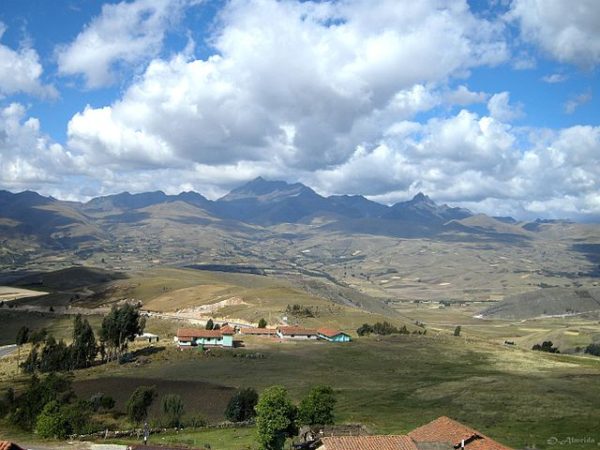
No less a person than Joseph Stalin, the Soviet leader, propagated the falsehood that Hitler managed to escape to Argentina before the fall of Berlin. This is what he told U.S. President Harry Truman at the Potsdam conference in the summer of 1945, several months after the conclusion of World War II.
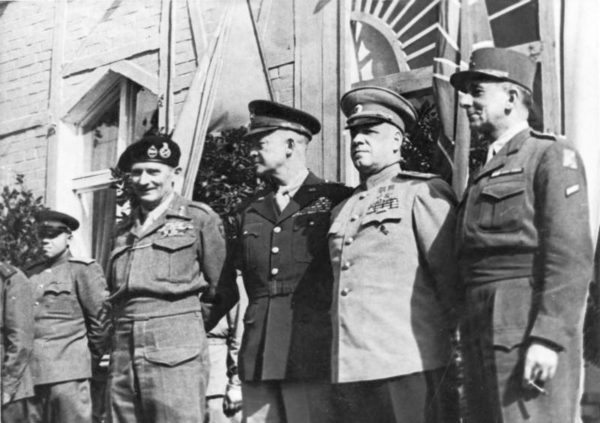
Following Stalin’s lead, Zhukov parroted the notion that the German dictator was, in fact, alive. The commander of Allied forces in Europe, General Dwight Eisenhower, added credence to Zhukov’s claim by saying there was no tangible evidence of Hitler’death.
In the United States, the FBI launched an investigation to ascertain the truth. Sightings of Hitler had been reported to FBI bureaus around the country, prompting its director, J. Edgar Hoover, to assign agents to the case. Amazingly enough, the FBI did not close its Hitler file until the 1970s.
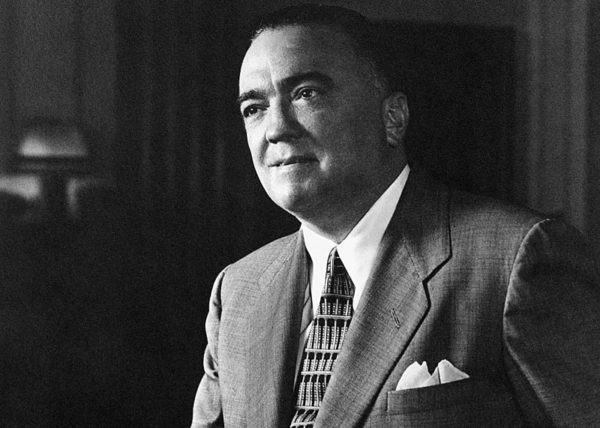
When the Red Army reached the outskirts of Berlin in the third week of April 1945, Hitler already knew that the war was lost. Stalin, hoping to put Hitler on trial for war crimes, instructed his generals to capture him. Hitler, knowing that his Italian comrade-in-arms, Benito Mussolini, had been shot and strung up by partisans, had no intention of meeting the same fate.
The generally accepted version of events is that Hitler shot himself and that his corpse was set on fire by minions. (Braun swallowed a cyanide capsule). After a special Soviet search team found their burned bodies, their charred remains were buried or possibly transferred to the Soviet Union. But for reasons the film never bothers to explore, Stalin circulated the tall tale that Hitler went to South America. It could have been a Cold War ruse, Howard speculates.
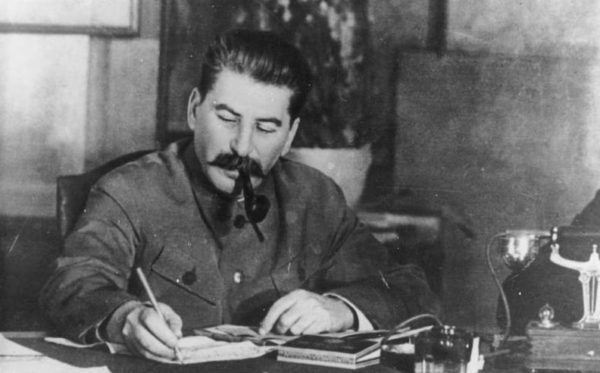
The film posits the theory that Hitler had access to a super-sophisticated aircraft in Berlin that could have flown him to Argentina without a single fuel stop.
Another theory is that Hitler could have been dropped off in South America by a German submarine. On August 17, 1945, U-977 reached Buenos Aires. Its crew was reportedly arrested and accused of having brought Hitler along for the ride.
The FBI, in vain, analyzed this report. FBI operatives also investigated rumours that Hitler had checked into the Hotel Eden, a German-owned hostelry in the foothills of the Andes mountains.
A maid who worked there insists he lived there in 1948, saying he had shaven off his moustache and was wearing a wig. “I just saw what I saw,” she exclaims, adding that Hitler subsequently fled to a hut in the mountains before vanishing for good.
Hitler of the Andes tweaks your curiosity and sounds slightly persuasive at times. But in the final analysis, it clutches at straws, fails to align itself with reality and offers viewers little more than an inflated conspiracy theory of Hitler’s possible fate.
Nice try anyway.
